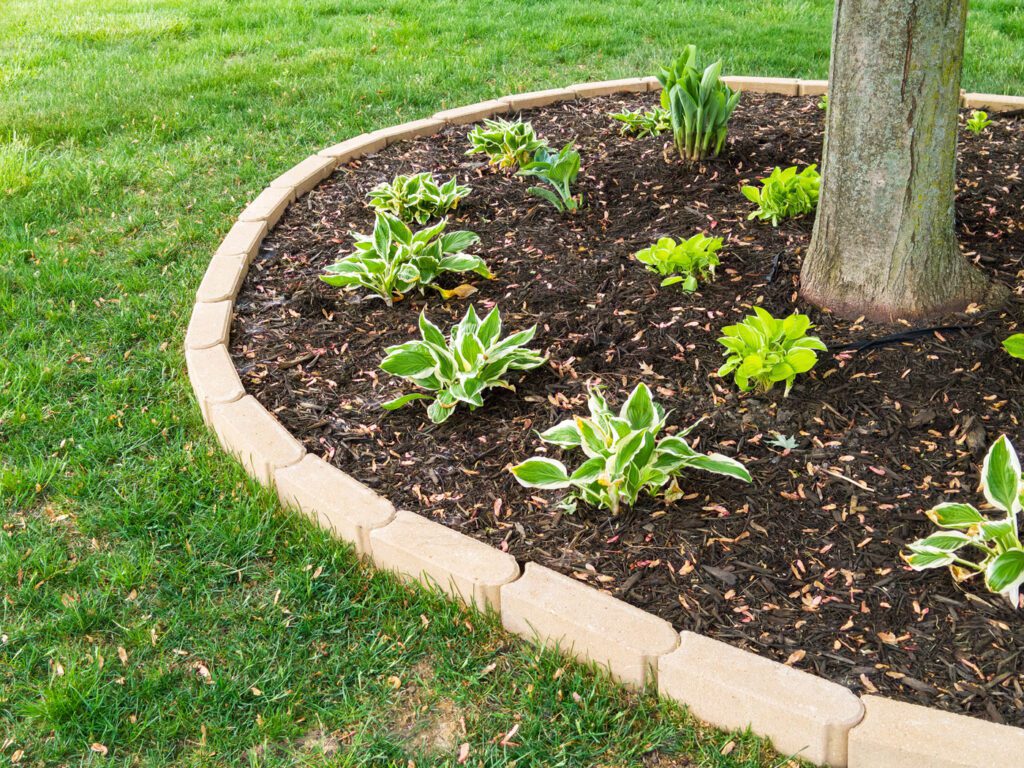Drought tips and tricks!

It has been a very hot summer. According to the National Oceanic and Atmospheric Administration’s Climate Prediction Center, temperatures are rising, and there is an increased chance of drought for nearly every part of the state, particularly Georgia. Drought can cause wilting leaves, a sparse tree canopy and scorched foliage that can leave plants susceptible to pests. Help your landscape beat the drought with these tips from Atlanta arborist Kyle Mack of Arborguard Tree Specialists.
1. Water appropriately. Irrigate in the morning once or twice a week by running a sprinkler or install a drip hose beneath the tree. Avoid watering the trunk (this can cause root rot disease). Instead, focus on the area directly beneath the foliage known as the “drip zone.” To know when you’ve watered enough, place a large soup can near your sprinkler and water until 2 inches of water have collected in the can.
2. Fertilize. This enhances root development and promotes the production of essential components that supply energy necessary for growth.
3. Add mulch. Spread 2 to 4 inches around trees to reduce moisture loss. Beware of “volcano mulching,” in which mulch is mounded directly against the tree’s trunk. Mulch should be pulled back 6 inches from the trunk of the tree.
4. Prune trees and shrubs. Pruning improves your tree’s structure and limb stability. Removing dead, weakened and dying branches helps deter bark beetles and other wood-boring insects, and enables tree roots to sustain the rest of the tree more efficiently.
5. Plant drought-resistant trees. Trees such as live oak, chestnut oak, sawtooth oak and bur oak thrive in the Atlanta area. Large canopies provide much-needed shade in the summer, lowering your yard’s temperature (and even your home cooling bill!), plus you won’t have to sweat about their health during the hot summer days.
Giannina S. Bedford is multi-faceted writer and editor. Her work covers design, travel, food and business. She’s penned Simply Buckhead’s home feature since inception and held a variety of editorial roles at the magazine. Her freelance work has appeared in Condé Nast Traveler, USA Today, Virtuoso Life, Hemispheres and TravelandLeisure.com. She also contributes regularly Atlanta Business Chronicle. Fluent in Spanish, Giannina was born in Miami and grew up in Brazil, Chile, Hawaii and Australia. She currently lives in Dunwoody with her two kids and husband.












